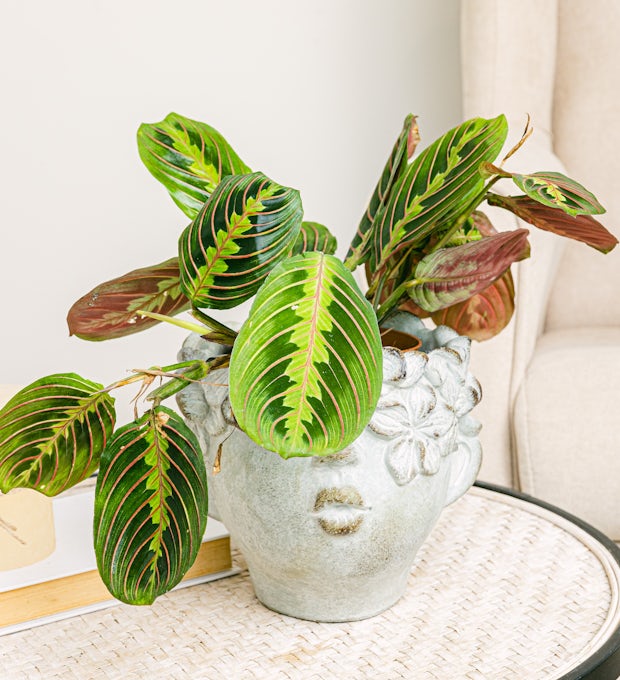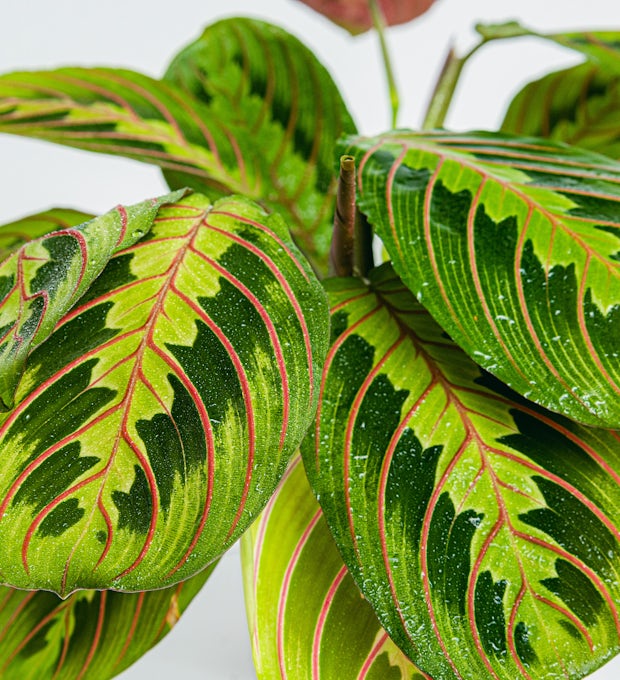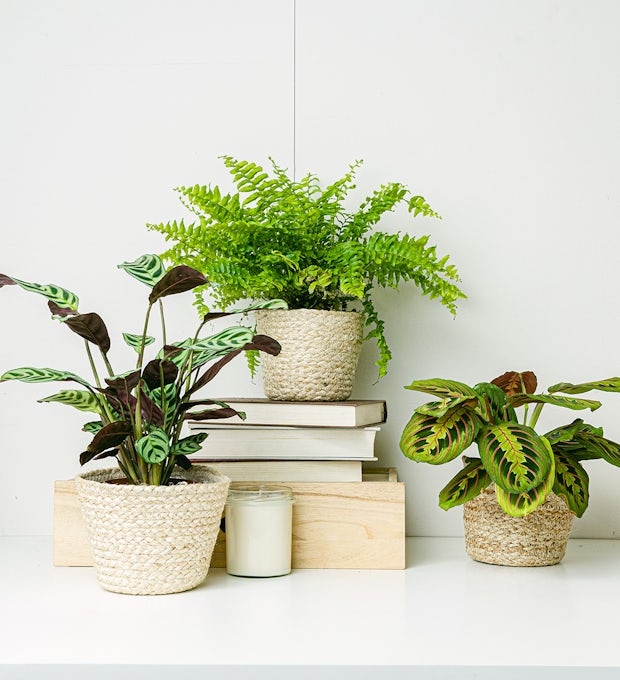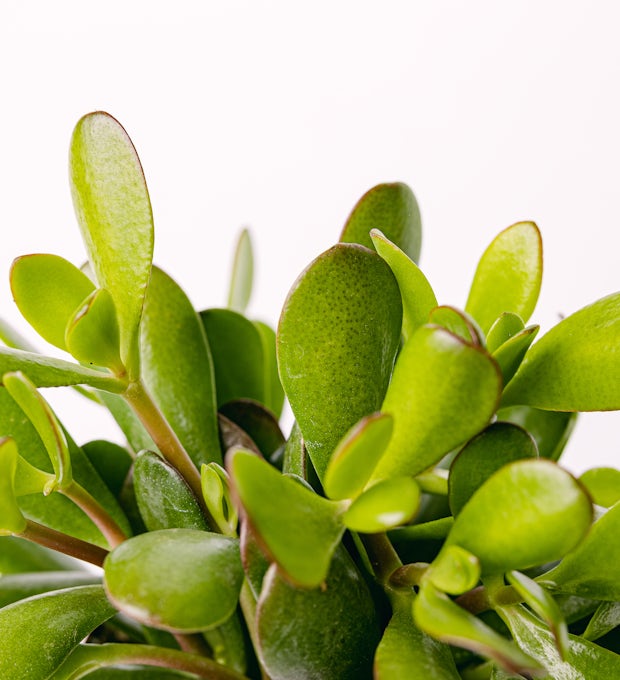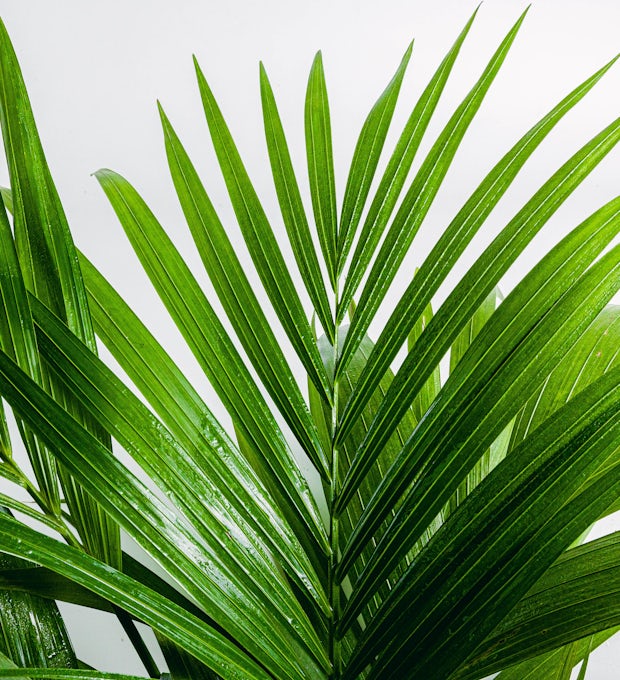Repotting houseplants is a common chore in home gardening, but if you're a beginner, it can be a little intimidating. It's important to know when and how to do it correctly to make sure your plants are healthy and happy in their new home. In this how-to guide, we'll give you some helpful information on why your houseplants need to be repotted, the best time to do so, how to prepare the right pot and substrate, how to remove the plant from its old pot, how to transplant it into its new pot, and post-transplant care to consider. We'll also tell you about some common mistakes you should avoid to succeed in your transplant project. Start!
Why repot your houseplants?
Repotting houseplants is a task that many beginner gardeners often avoid, but it's essential for the growth and health of your plants. Plant roots need room to grow and absorb nutrients from the soil, and transplanting them gives them that extra space. In addition, pots can accumulate mineral salts and other debris that can negatively affect plant growth in the long run. Repotting also allows the substrate to be renewed, providing the nutrients needed for healthy growth. Repotting your houseplants also allows you to better control the size of the plant and its shape, which can be especially important if you have limited space. While some plants need to be repotted more often than others, it's generally recommended to do so every two years for most houseplants. If you notice that your plants are sticking out of the pot or if their roots are starting to come out of the drainage holes, then it's time to repot them. In summary, repotting your houseplants is an important practice for maintaining the health and optimal growth of your plants in the long term.
When is the best time to repot?
When is the best time to repot? The right time to transplant your houseplants is a crucial factor in their success. In general, spring and summer are the ideal seasons to accomplish this task. During these months, the plants are in their active growth period and have a greater ability to adapt to their new environment. However, it is important to note that each plant species has its own specific preferences and needs. Some plants may tolerate transplanting better during the fall or even winter, when they are dormant and their growth activity is slower. It's critical to do your research on the particular plant you want to transplant and find out what its optimal season is for this task. Additionally, it's important to watch the plant closely and pay attention to signs such as roots coming out of drainage holes or overgrowth in the current pot. These are indications that the plant may need to be repotted sooner than expected. In short, the best time to transplant your houseplants depends on factors such as the species of plant, its growth stage, and environmental conditions. Pay attention to the signals the plant gives you and perform the task at the right time to ensure optimal health and development.
We ship plants to all locations, you can see more options here.
Preparing the right pot and substrate
Preparing the right pot and substrate is a critical step in transplanting houseplants. First and foremost, it's important to choose a pot that is large enough to allow the plant's roots to spread out and grow. If the pot is too small, the plant will feel limited and will not be able to grow properly. In addition, the pot should have holes in the base to allow good water drainage.
As for the substrate, it is recommended to use a specific substrate for houseplants, as it will provide the necessary nutrients for the growth of the plant. The substrate must be aerated and allow water and air to pass through to prevent root rot. It is also important to make sure that the substrate is clean and free of insects or diseases.
Before placing the substrate in the pot, it is advisable to add a layer of stones or gravel to the bottom to improve water drainage. The pot should then be filled with enough substrate so that the plant can settle comfortably and cover the roots with more substrate. It is important not to over-compact the substrate around the roots, as this can hinder the plant's absorption of nutrients and water.
In short, properly preparing the pot and substrate is crucial for a successful houseplant transplant. Choosing a suitable pot, using a specific substrate and ensuring that there is good drainage are key factors in ensuring the healthy growth of the transplanted plant.
We ship plants to all locations, you can see more options here.
How to Remove the Plant from Its Previous Pot
To remove the plant from its previous pot, it is important to follow a few key steps. First of all, it is necessary to water the plant one day before transplanting. This will help keep the soil moist and make it easier to remove the plant from the pot. Then, one hand should be placed on the top of the substrate and the other on the stem of the plant. Carefully, turn the pot upside down while holding the plant firmly. Gently tapping the sides of the pot will help loosen the roots and allow the plant to come out more easily. If the plant doesn't come out easily, a tool such as a knife or spatula can be used to peel the roots off the edges of the pot. Once the plant has been successfully removed from its previous pot, it is important to examine its roots. If tangled or overcrowded roots are observed, they should be pruned gently to promote healthy growth. Additionally, if rotten or diseased roots are detected, it is important to remove them to prevent them from affecting the entire plant. By removing the plant from its old pot properly, a successful transition to its new pot is ensured and healthy growth is promoted in the future.
Repotting the plant into its new pot
Repotting the plant into its new pot
Once you've prepared the pot and the right substrate, it's time to repot your houseplant. First, make sure you've lightly watered the plant before removing it from its previous pot. This will make it easier to extract the root and minimize stress for the plant. Then, place your hands on both sides of the plant and gently rotate the previous pot while holding it by the stem. This way, you'll be able to loosen the plant and carefully remove it.
Once you've removed the plant from its previous pot, examine the roots. If you find any rotten or tangled roots, it's important to prune them with clean scissors to encourage healthy growth. Then, place a thin layer of fresh soil on the bottom of the new pot and place the plant in the center, making sure it's level and centered.
Then, fill in the spaces around the plant with more fresh substrate, pressing lightly to remove any air pockets. Make sure you don't bury the stem too deep, as this could lead to rot. Once you're done, water the plant well to settle the soil and help the roots establish themselves in their new home.
Remember that after transplanting, it is important to place the plant in a Suitable Place where it will receive the right amount of light and temperature. Avoid exposing it to drafts or sudden changes in temperature. Also, keep regular watering to ensure that the substrate is always slightly moist but not soggy.
Repotting a plant can be a delicate but rewarding process. By following these steps and providing proper care, you'll be helping your plant grow strong and healthy in its new pot.
Post-Transplant Care
Once you've repotted your houseplant, it's important to pay attention to aftercare to make sure it fits well into its new pot and continues to grow healthy. First, you need to water the plant properly. Make sure the soil is always moist but not soggy. You may need to adjust the frequency and amount of watering depending on the size of the pot and the species of the plant. It's also important to avoid exposing it to sudden changes in temperature or drafts, as this can stress and weaken it. If you've transplanted a larger plant, it may need to be staked to help it stay upright. Also, it is advisable not to fertilize the plant for at least two weeks after transplanting, as this could damage its sensitive roots. Finally, be sure to keep regular monitoring of your plant's health to catch any issues early. Observe their growth, look for signs of disease or pests, and act quickly if necessary. With this proper aftercare, your plant should seamlessly adapt to its new pot and continue to grow happily.
Common Mistakes to Avoid When Repotting Houseplants
One of the most common mistakes in transplanting houseplants is using a pot that is too large for the plant. It is important to choose a pot that allows the roots to grow, but not so large that the substrate stays moist for too long, which can lead to root rot. Another mistake is not properly preparing the pot and substrate before transplanting. It is essential to clean the old pot well and disinfect it to prevent the spread of pests and diseases. In addition, a suitable substrate should be chosen for each type of plant and made sure that it is well-drained to prevent water accumulation at the roots.
Another common mistake is to abruptly remove the plant from its previous pot. It is important to do this carefully so as not to damage the roots and avoid stress on the plant. Also, a freshly watered plant should not be repotted, as this can also cause stress and damage the roots.
After transplanting, many beginners make the mistake of overwatering the plant. It is important to follow the specific instructions for each type of plant and make sure that the substrate is dry before watering again. Exposing the newly transplanted plant to direct sunlight or strong drafts should also be avoided, as this can lead to leaf and root damage.
In summary, to avoid common mistakes in transplanting houseplants it is important to choose a suitable pot, prepare the substrate and pot well, remove the plant carefully, water sparingly, and provide the plant with a suitable environment after transplanting.
In short, transplanting houseplants can be a rewarding and beneficial task for the healthy growth of your plants. Through this practical guide, we have explored the different aspects to consider before, during, and after transplantation. You now have the knowledge to carry out this task confidently and successfully. Remember that each plant is unique and may require specific care, so it's important to do your research and learn about the individual needs of each species. Also, don't be afraid to experiment and learn from your own mistakes. Plant transplanting is an ongoing process of learning and adaptation. So go ahead, dare to transplant your houseplants and enjoy the lush growth that awaits you!
